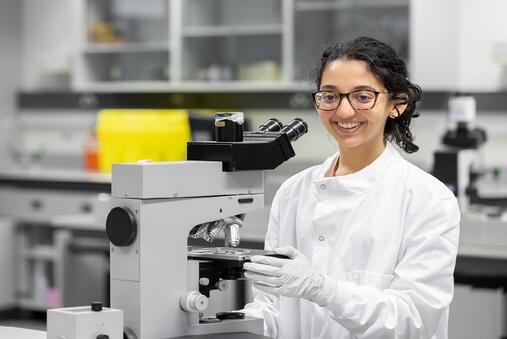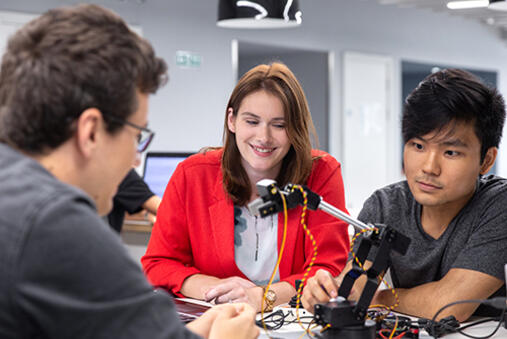Discover an undergraduate path to achieve your goals
With a long and rich history, the undergraduate suite at Imperial College Business School will enable you to achieve your goals and further your studies or career in in-demand fields.
Our portfolio ranges from optional modules to full BSc and intercalated courses, but regardless of how you join us, we have designed our teaching to broaden your horizons, challenge your thinking, and equip you with the skills and knowledge to have an impactful career.
Your learning will be enhanced by the interdisciplinary nature of our courses and students and supported by the wide range of extra-curricular events.
Explore your options and see where Imperial could take you.








